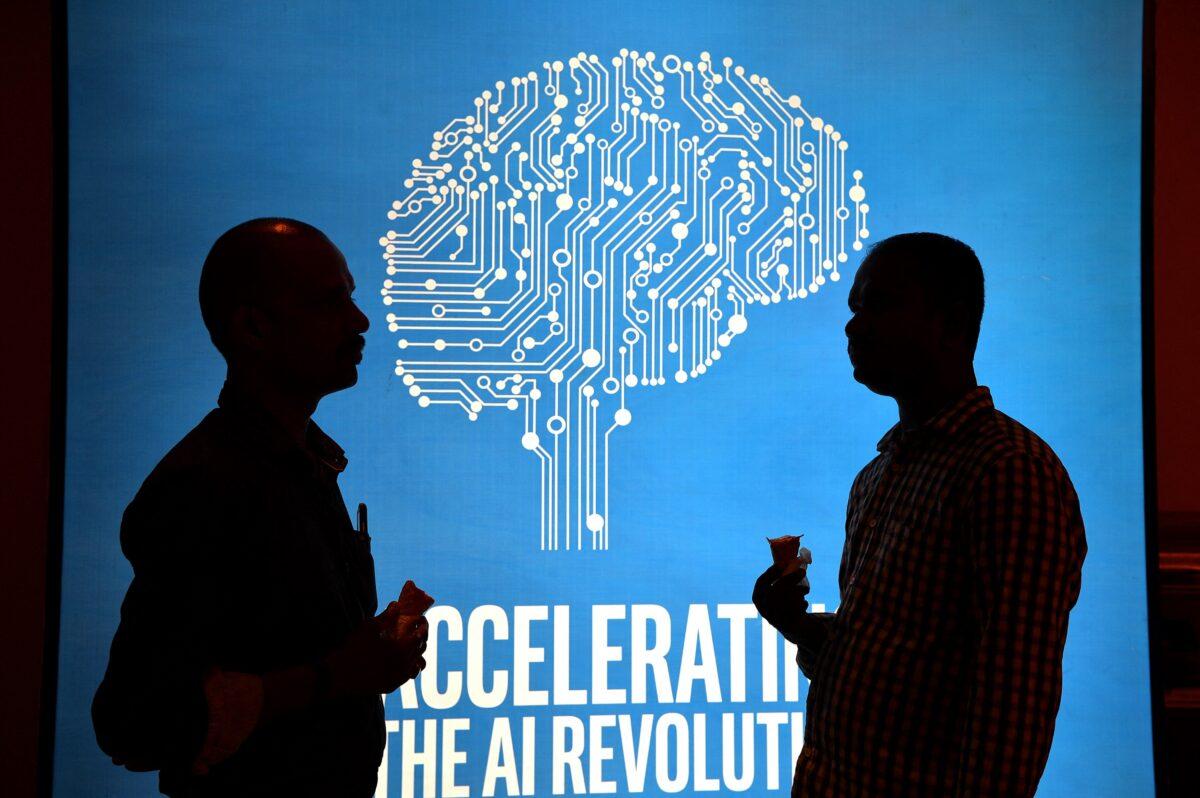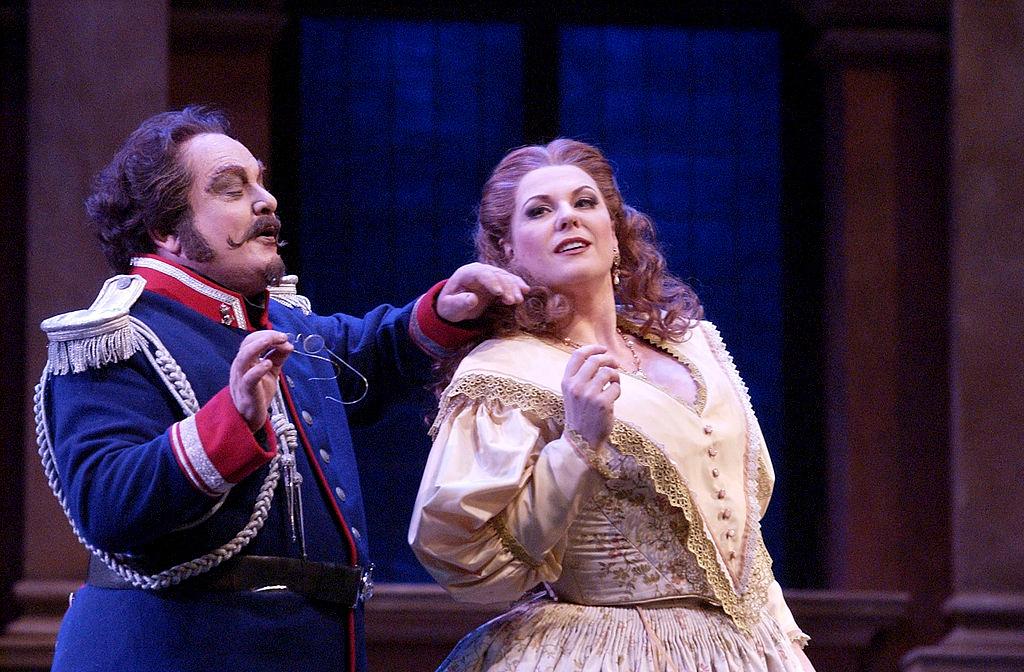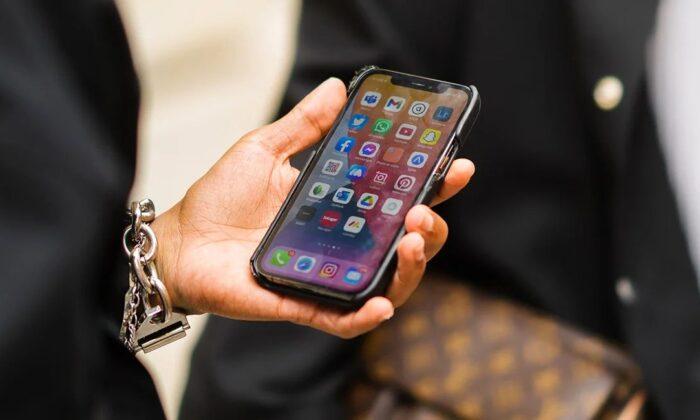Art is the highest form of human expression; that is, art is most effective in evoking and exploring expressions intrinsic to the human experience.
To be dishonest as a painter, deliberately reproducing the brushwork of Rembrandt, is hardly to be an authentic creator. Similarly, to know little of the history and pioneers of one’s craft brooks no confidence that one’s work will be distinct—in fact, such ignorance would suggest insincerity, that one actually had no interest in striving towards creating authentic art in the first place.
Products are manufactured for a purpose. Art, alternatively, in a perfect world, is created regardless of whether it is purposeful or not.
An emerging novelist’s unpublished manuscript cannot be said to possess any certainty of reward, and yet what strongly increases the chance of its publication is its literary quality.

In the Absence of Lived Experience
Herein all of this lies the philosophic problem with art generated by artificial intelligence (AI).Humans alone can be artists, for only humans can adequately express the experiences, be they physical or emotional, that are intrinsic to them.
How can a machine describe the beauty of a blood-crisp sunrise or the pain of a parent who has lost a child?
Preconceived interpretations of such things may be programmed, yes, but why programme and replicate when one can uniquely experience them?
But for the artist, the experience of life—to experience living—is fundamental. (Incidentally, nearly all wokeness originated in the university Arts faculty; perhaps now you understand why. With art comes great responsibility, for the ability to imagine is the ability to attain and yield power.)
And so, while we might say that AI-generated art is, by necessity, grounded in knowledge, it is inhuman and thus not an honest representation of the human experience. Nor is it honest in generating its art, merely manipulating a pre-programmed digital library of components and ideas built by humans.
Thus, it is inauthentic and not art.

Moreover, machines are functionary and purpose-driven. They perform their operations in pursuit of concrete outcomes. After all, machines cost money and energy; anyone standing to benefit from AI-generated art should demand a return on investment.
Just who is being serviced and doing the benefitting? These ethical questions must be asked—loudly.
Private experimentation with innovative software is one thing; using technology to achieve widescale commercial dominance is another.
It is my belief that AI constitutes a legitimate threat to authentic artists, as well as societies that rightly prize art as vital—if not now, then certainly in the not-so-distant future.
The solution seems to me to be a kind of global stance: artists everywhere must first identify AI-generated art and, second, reject it and its beneficiaries.
Art, the highest form of human expression, must be upheld, lest we risk jeopardising our humanity altogether, or at least our ever-continuing quest to comprehend it.





